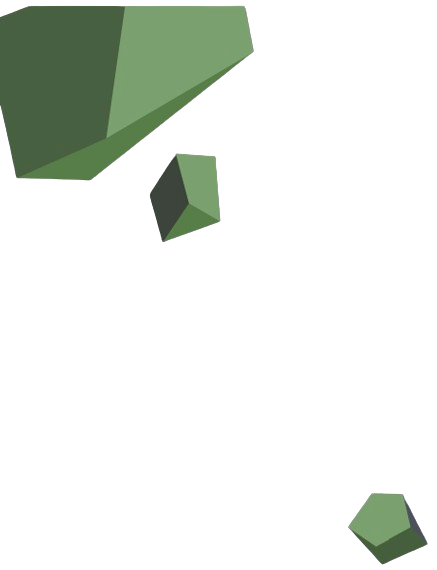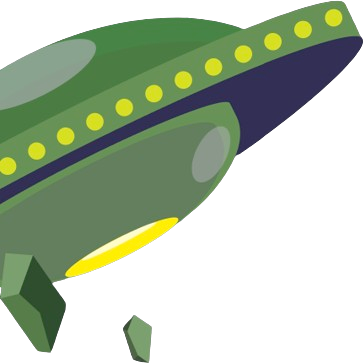Alien Species Classifications: Exploring the Possibilities

Have you ever considered all the different kinds of aliens and how they may appear, that there are Alien Species Classifications? The idea that there might be other forms of life has fascinated people for centuries. This blog post looks into various theories, scientific opinions, and cultural influences about these strange beings to understand what it means to classify species from beyond our stars.
Alien Species Classifications: Why are they so interesting?
Alien species classifications are fascinating because they allow us to think about living things that could exist outside Earth. There is an unending curiosity when it comes to types of extraterrestrial beings; from science fiction stories down through scientific speculation.
Ancient Encounters & Myths – History
Throughout recorded history, many civilizations have had contact with entities not born in this world. Such early encounters form the basis for our current efforts at categorizing life forms that may be found elsewhere in space. Countless texts and myths left behind by Egyptians, Greeks, and Mayans among others talk of gods or star visitors.
The Influence of Science Fiction – Present Day
This era saw a massive surge in popularity for books falling under the science fiction genre which dealt with different classes of extraterrestrial creatures. These stories were not just works of imagination; they also sparked off scientific inquiries into various earthly habitats characters featured unique abilities depending on where they came from even if it was another planet entirely as shown by works like those done by HG Wells, Arthur C Clarke or Isaac Asimov
Popular Theories about Alien Species Classifications
Different theories have been advanced over time on how diverse types or groups of aliens can be classified based on several factors. At times these divisions come up through sheer imagination whereas others rest upon some scientific assumptions.
The Drake Equation – Estimating Numbers
While not classifying alien species but providing a framework for considering what might affect their presence or variety, the Drake Equation was formulated by 1961 Astronomer Frank Drake as an attempt at scientifically estimating the number of communicative extraterrestrial civilizations in our galaxy.
The Kardashev Scale
This scale helps to envisage technological capabilities and the possible range of diversity among alien species. Type I civilization taps into its planet's energy, Type II draws energy from its star while Type III utilizes all the energy in its galaxy. Russian astrophysicist Nikolai Kardashev proposed this scale for classifying civilizations according to their level of energy consumption.
Alien Species Classifications 1: The Popularized Greys (Zeta Reticulans)
The most commonly known Alien species classification is the Zeta Reticulans or “Greys”. Through various abduction accounts and science fiction stories, the Greys have become an integral part of discussions on alien species. They are usually depicted as small grey-skinned beings with large heads and black eyes.
Alien Species Classifications 2: Reptilians – Shapeshifting Beings
Reptilians also known as Reptoids form another Alien species classification. Reputedly reptile-like creatures capable of shapeshifting. These conspiracy theories and sci-fi portrayals often show them as maleficent beings possessing advanced technology.
The Nordics–Human-Like Extraterrestrials
The Pleiadians, or the Nordics–another Alien species classification that is very well known, are often described as being like human beings in terms of their height, blonde hair, and blue eyes. They are usually portrayed as good-natured and spiritually enlightened. Numerous accounts of encounters with these ‘Nordics’ can be found in UFO and contactee reports, as well as science fiction literature.
Alien Species Classification from a Scientific Standpoint
Though largely speculative, this discussion takes into account what we know about biology and space to suggest what extraterrestrial life might look like according to our scientific understanding.
Astrobiology– Potential Life Forms
Astrobiology is a field of study that deals with life beyond Earth’s atmosphere including its existence. Also considered necessary for life to exist elsewhere in the universe are such factors as the presence of water; certain temperatures; and chemical building blocks among others. We can imagine what alien species could be like by looking at extreme environments on Earth.
Extremophiles: Surviving in Unbearable Conditions
By finding extremophiles – organisms that thrive under harsh conditions on Earth – we have expanded our knowledge of where life may exist. Such organisms can even live in places thought uninhabitable such as deep-sea hydrothermal vents or acidic hot springs. Therefore, it would mean that ETs should also adapt themselves differently depending on the environment they find themselves in.
Evolutionary Considerations For Different Worlds Adaptations
Thus scientists consider how different worlds could bring forth various kinds of aliens each shaped by specific conditions within its planet. Everything living there is shaped by gravity, atmosphere, and available resources. A world with higher gravity might have produced shorter stockier creatures while another one with lesser gravity could allow taller delicate ones to thrive better; hence through evolution alone, we can try to envisage the range of probable extraterrestrial species.
The Future Of Alien Species Classifications
Certainly, Alien Species Classifications continue to change and will keep changing as long as we still have technology advancing at unprecedented rates and our knowledge about space growing every day which means that even though today’s definitions are complete taxonomies for extraterrestrial creatures they can never be immutable tomorrow because new findings shall always force us into redefining them. As such, future discoveries will alter what is known thus far about everything while shedding more light on each situation.
Conclusion
The concept of Alien Species Classifications captures imaginations while steering scientific studies. Ancient myths, science fiction tales, and modern scientific theories have all contributed towards belief in multiple forms of life existing beyond Earth thus prompting us to look at the universe afresh. As technology advances alongside knowledge deepening so does endeavoring to define them. Will we ever find concrete proof that we inhabit the same cosmos? Whether yes or no journey expands our thinking faculties while nourishing fantasies thus reminding us that the sky is never the limit.
Check out for more interesting topics about Aliens and UFOs @feelaliens






